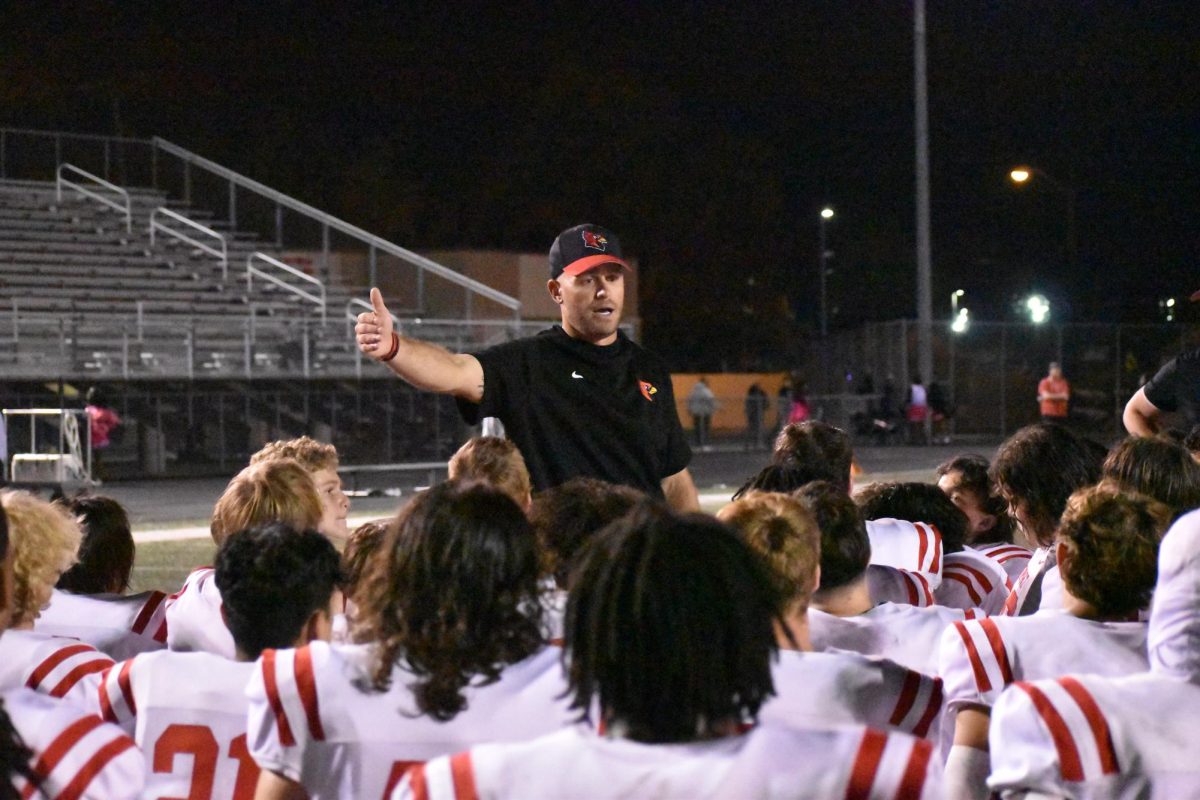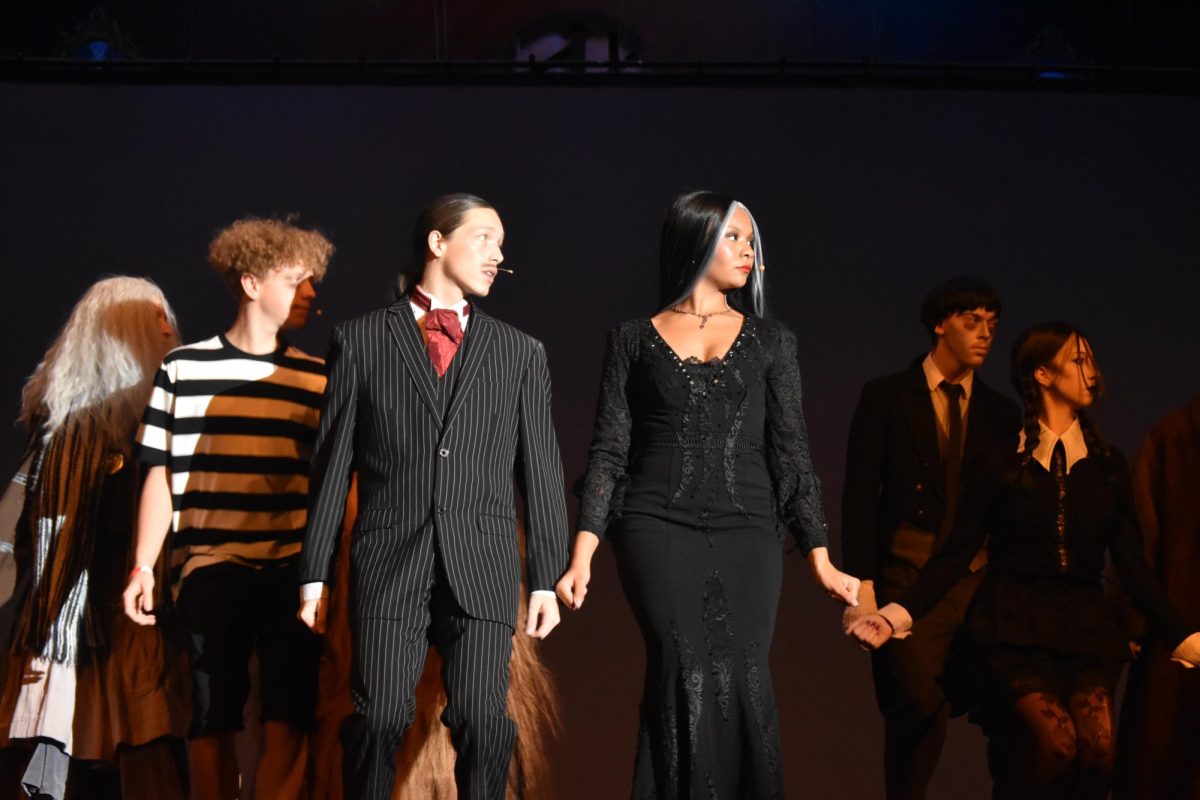
On Aug. 30, 92,003 people broke a world record when they filed into Memorial Stadium in Nebraska to watch the Cornhuskers women’s volleyball team demolish Omaha, setting a world record for the highest number of people attending a women’s sporting event at one time.
Even though this might not sound like much, this record is a huge milestone. Any major recognition of women’s sports, such as a record-breaking number of fans watching a women’s team play, is a step taken towards fair acknowledgment and treatment for female athletes.
While I agree completely that the world record being broken is an important and progressive event, we should be past the point in women’s sporting history at which 92,003 people is a record-breaking number of attendees at a game.

Let me explain.
While 92,003 people is, of course, a lot, let’s put this number in perspective. According to Statista, the average number of attendees per NFL game was 67,288 people in 2021. That’s only 24,715 fewer people.
Every year, also according to Statista, the Super Bowl attracts more than 70,000 people. That’s around 22,000 fewer people.
Twenty-two to 24,000 people is significant, but we just compared a world record to an average professional football game in the U.S. The difference in attendance between women’s sports and men’s is obvious and staggering.
There are many factors that may contribute to this difference. Men’s sports have more of a history, and in some cases, they are able to compete better due to various biological factors. People’s personal preferences also determine what they might watch.
However, we often ignore the other side of things.
Men’s sports have more of a history because they wouldn’t let women compete for countless decades. Men may be faster or stronger biologically, but this doesn’t make women’s sports less impressive or easier. They are pushing themselves to the limit just as men do, and sometimes, women have historically been better at certain sports.

So yes, there are reasons for this difference, but it is time to overcome them. At this point in history, we as a society should have recognized our bias and taken measures towards fixing it. In the end, it should have taken more than 92,003 fans present at a women’s sporting event to set a world record.
This is not to say the Cornhuskers haven’t worked hard or that they were undeserving of breaking the record. It was, in fact, extremely deserved. It’s not their, or any individual’s, fault for this bias.
However, it is our responsibility simply as members of society to care about this problem. We can all start improving by learning about and watching more women’s sports. And maybe, the next time this world record gets broken, you’ll be in the stands.
















